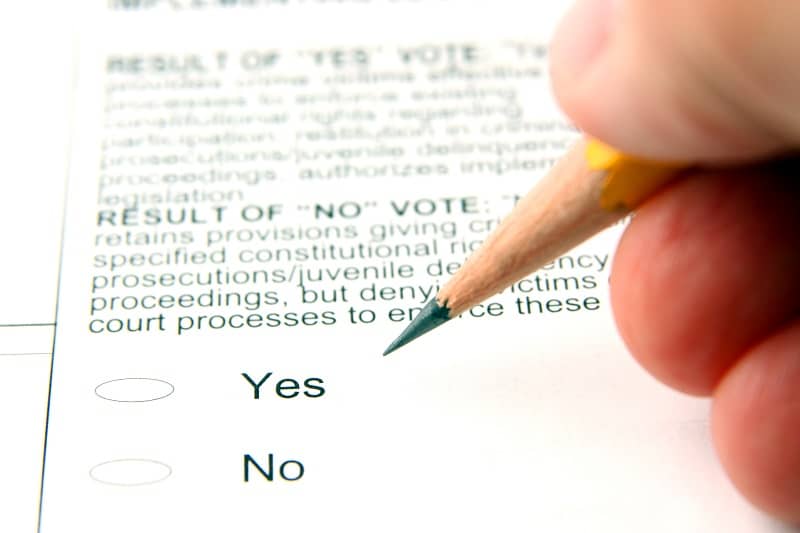By Sally C. Pipes
The battle over ObamaCare has shifted to the courts. This time, the president is on the defensive. Last month, a three-judge panel of the U.S. Court of Appeals for the D.C. Circuit ruled 2-1 in Halbig v. Burwell that the federal government lacks the authority to provide subsidies to offset the cost of health insurance to folks shopping for coverage on HealthCare.gov, the federally run exchange. The federal government has since asked the full Circuit Court to hear the case.
The same day that the D.C. Circuit panel issued its ruling, the Court of Appeals for the Fourth Circuit, based in Richmond, Virginia, arrived at the opposite conclusion in a similar case, King v. Burwell, and upheld the federal subsidies as legal. The disagreement practically begs the U.S. Supreme Court to weigh in. The plaintiffs in King v. Burwell have petitioned the U.S. Supreme Court for cert. If granted, the case will go to the high court. It’s unlikely that the high court will hand down a decision until spring or fall 2015.
The D.C. Circuit panel has the law on its side. Should the Supremes agree with them, then ObamaCare could quickly unravel. And if it does, Congress should be ready with a replacement health care reform plan that empowers doctors and patients, not the federal government.
The Affordable Care Act’s text is unambiguous about how the insurance exchanges are supposed to work. According to the law, federal subsidies are available through exchanges “established by the State.” Thirty-six states didn’t set up exchanges. In some cases, their elected leaders decided not to. Other states tried to build their own. In many cases—among them Oregon, Maryland, Vermont, and Hawaii―they failed.
The law provided that the federal government would step in if the states did not. As a result, the federal government has found itself running an exchange that serves more than two-thirds of the states. And it’s decided, based on the counsel of the legal eagles at the IRS, to ignore those four words— “established by the State”—in order to dole out subsidies.
Even as it sided with the federal government, the Fourth Circuit observed, “If Congress did in fact intend to make the tax credits available to consumers on both state and federal Exchanges, it would have been easy to write in broader language, as it did in other places in the statute.” The court, which ruled for the government, went on to say that it “cannot ignore the common-sense appeal of the plaintiffs’ argument; a literal reading of the statute undoubtedly accords more closely with their position.”
ObamaCare’s supporters argue that “congressional intent” justifies direct federal subsidies. But they’ll have a tough time proving that before the Supreme Court. An early version of the health care reform bill did include an explicit authorization to distribute subsidies through a federal exchange. But it was absent from the final version.
That’s a problem for the Obama Administration, as U.S. Supreme Court precedent holds “that Congress does not intend sub silentio to enact statutory language that was earlier discarded in favor of other language.” Or as another Supreme Court decision put it, “the starting point for interpreting a statute is the language of the statute itself. Absent a clearly expressed legislative intention to the contrary, that language must ordinarily be regarded as conclusive.”
If the Supremes forbid the Obama Administration from distributing subsidies through the federal exchange, the law will crumble. That’s because many, if not most, exchange shoppers will be unable to afford policies without subsidies. As more and more people go without insurance, the exchange pool will skew sicker and premiums will head higher.
Already, average monthly premiums for a mid-level silver plan are $324. They’ll rise 8 percent next year, according to Avalere, a consulting firm. Eighty-seven percent of the people in the 36 states that rely on the federal exchange are receiving subsidies. Without those subsidies, premiums for some 5 million people will spike dramatically. The disappearance of subsidies would also destroy the employer mandate, which requires employers with more than 50 full-time workers to provide insurance coverage.
Fortunately, there are other ways to expand access to affordable insurance. Subsidizing insurance does little to encourage insurers to rein in premiums. In fact, if distributed as a percentage of premiums, subsidies can reward them for hiking prices. Expanding competition among insurers, by contrast, can make insurance more affordable and drive down costs. Creating a truly national marketplace—where Americans could purchase health insurance across state lines—would do just that. There’s no reason insurance should cost 2.5 times more in Rhode Island than in Alabama.
Allowing individuals to purchase health insurance tax-free—just as those who have employer-sponsored insurance through their work can—would also make coverage more affordable. Most Americans get health insurance through their place of work. So they have little incentive to consume care judiciously. After all, they’re not paying the bill. Increased usage of the health care system leads to higher overall premiums.
Two years ago, ObamaCare’s individual mandate survived before the U.S. Supreme Court. The law’s exchange subsidies may not be so lucky.
Sally C. Pipes is President, CEO, and Taube Fellow in Health Care Studies at the Pacific Research Institute in San Francisco. She is a guest contributor for Cascade Policy Institute. A version of this article was originally published by Forbes.











